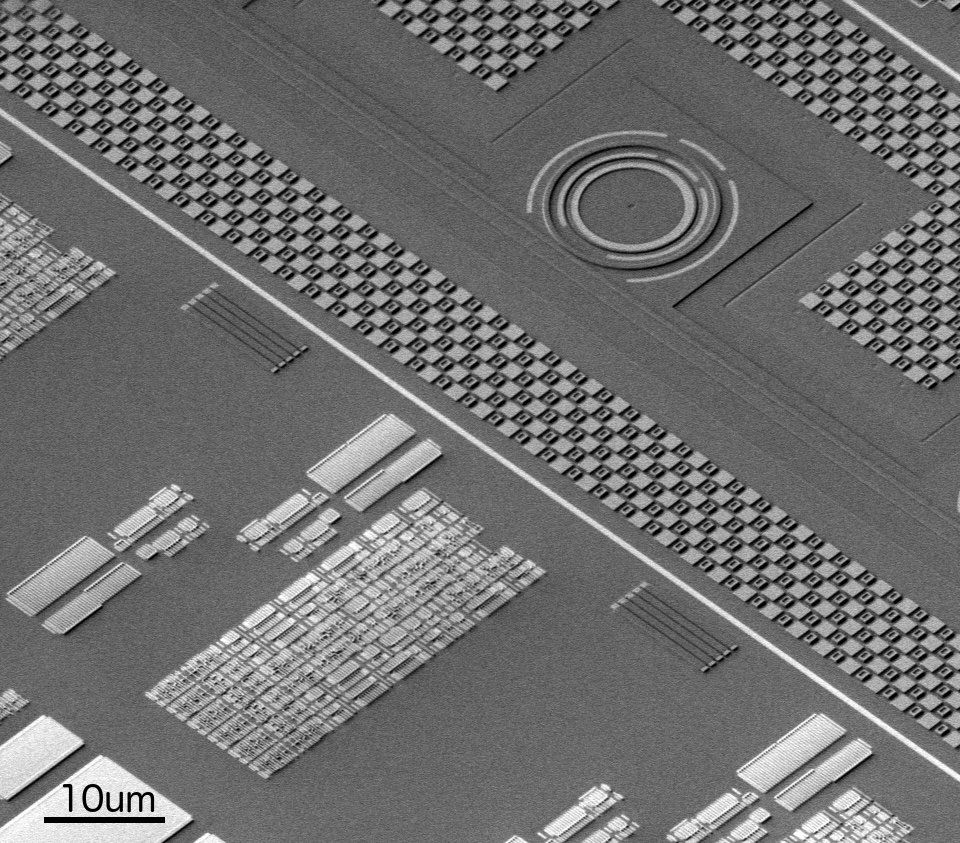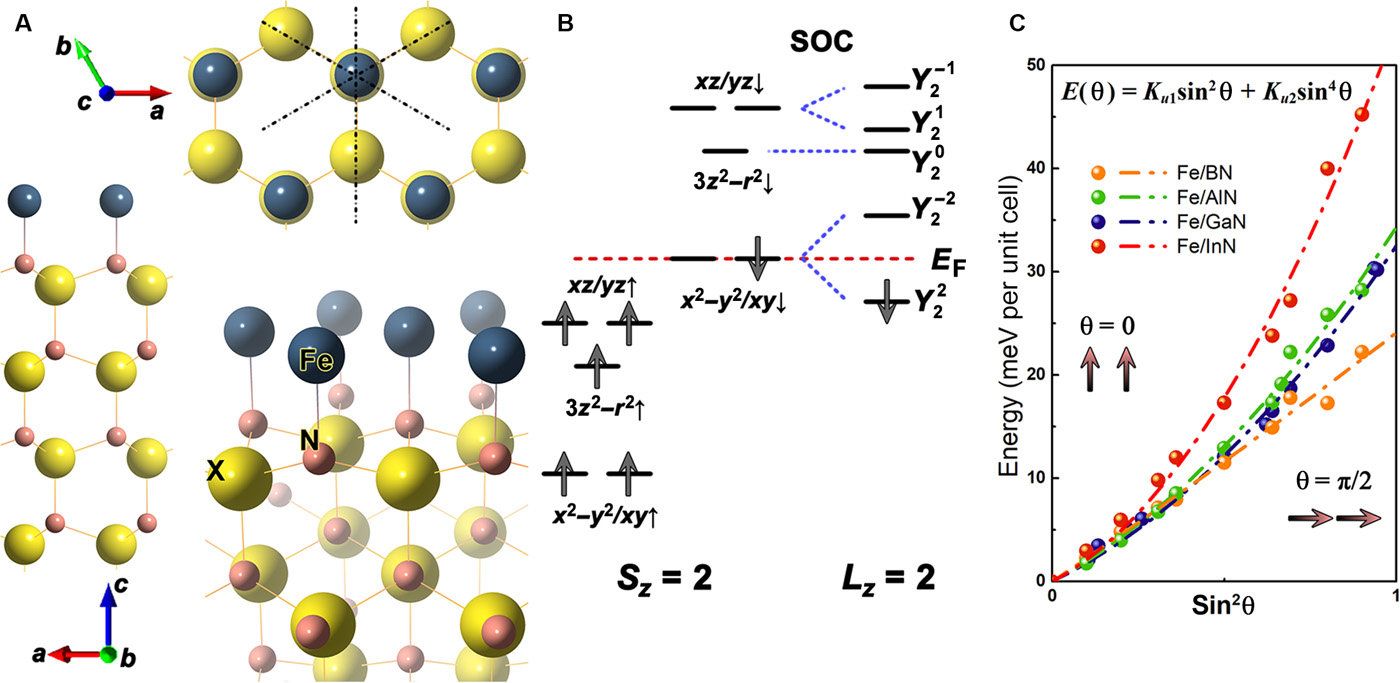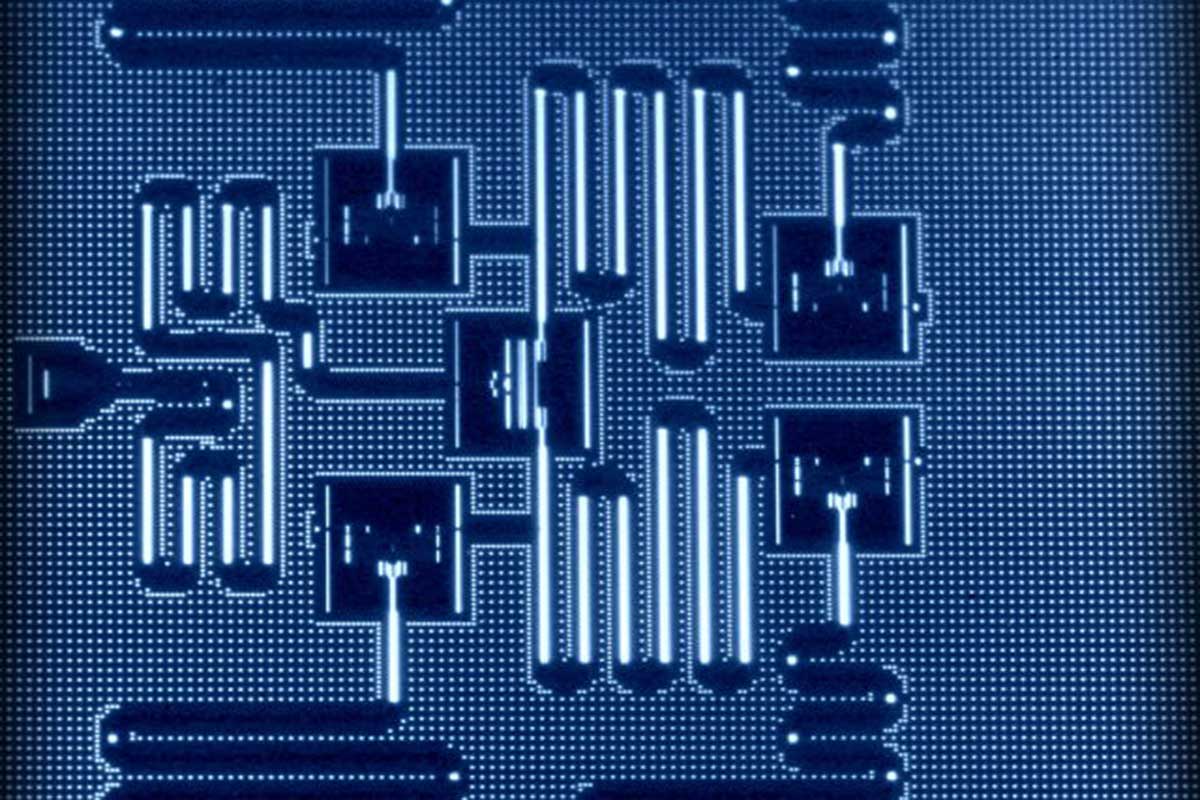It may sound like a futuristic device out of a spy novel, a computer the size of a pinhead, but according to new research from the University of New Hampshire, it might be a reality sooner than once thought. Researchers have discovered that using an easily made combination of materials might be the way to offer a more stable environment for smaller and safer data storage, ultimately leading to miniature computers.
“We’re really optimistic about the possibilities,” said Jiadong Zang, assistant professor of physics. “There is a push in the computer industry toward smaller and more powerful storage, yet current combinations of materials can create volatile situations, where data can be lost once the device is turned off. Our research points to this new combination as a much safer option. We’re excited that our findings might have the potential to change the landscape of information technology.”
In their study, recently published in the journal Science Advances, the researchers outline their proposed combination which would allow for a more stable perpendicular anisotropic energy (PMA), the key driving component in a computer’s RAM (random-access memory) or data storage. The material would be made up of ultrathin films, known as Fe monolayers, grown on top of non-magnetic substances, in this case X nitride substrate, where X could be boron, gallium, aluminum or indium. According to the research, this combination showed anisotropic energy would increase by fifty times, from 1 meV to 50 meV, allowing for larger amounts of data to be stored in smaller environments. There is a provisional patent pending which has been filed by UNHInnovation, which advocates for, manages, and promotes UNH’s intellectual property.





